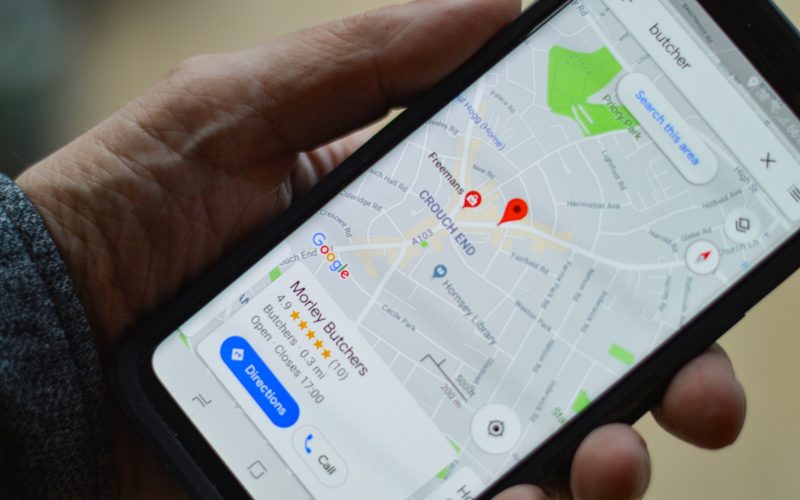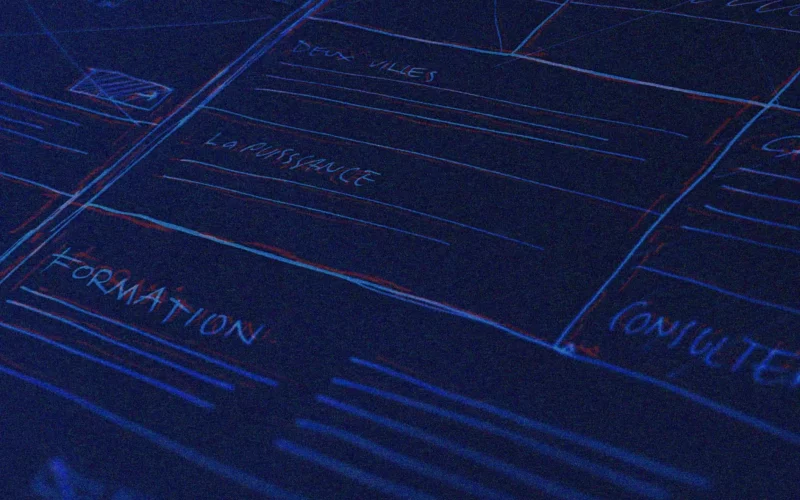It is normal to stop abruptly in the face of a problem; after all, if there were a known solution, it would not be a problem. But knowing that it’s normal doesn’t make encountering problems any less frustrating. So how do we avoid sitting in front of a UX problem for hours without accomplishing anything?
That’s what creative problem solving is all about.
In this post, we’ll explore creative problem solving and how it can help you as a UX designer. Then, we’ll discuss how you can solve UX problems in a few easy-to-remember steps. By the end of this article, you’ll have all the tips you need to solve UX problems.
What is creative problem solving?
Creative problem solving is a term developed by Alex Osborn, the founder of the Creative Education Foundation. In a nutshell, this term is about overcoming challenges in our work life through innovative solutions. But, of course, such solutions vary by profession.
For UX designers, creative problem solving is about solving UX problems with efficient tactics that work. And that’s precisely why UX problem solving is so essential, because following a specific method can help us avoid getting stuck.
Whether you’re a novice or an experienced designer, you’re probably focused on projects that require you to solve problems. If you’ve never had a problem before, you must be a superhero; for us mere mortals, these are the steps we must follow to solve a UX problem:
UX troubleshooting in 5 easy steps
Delivering a great UX solution is influenced by two key parameters: user research and creative problem solving. Suppose you have done your user research and are currently looking for an original solution to a problem. In this case, the following methodology will be useful:
-
IDENTIFY THE UX PROBLEM
I know this may sound obvious, but think about it. How many times have we lost days by not identifying the real problem? If you are solving the wrong problem, it doesn’t matter if your solution is original and innovative.
That’s why the first thing you should do is think about the problem. Ask yourself what the real problem is and then get to work on solving it. Identifying the problem may take some time, but will prove beneficial to your project in the long run.
-
CLARIFYING THE UX PROBLEM
Now that you’ve identified the UX problem, it’s time to demystify it. In this step, you can create a user’s travel plan. It doesn’t have to be perfect; some low-fidelity sketches are more than enough.
Set a timer and start visualizing your solution on paper. Remember, drawing is not about perfection or fine details. Once you’ve created a customer journey you’re happy with, it’s time to move on to the next step.
-
USE ANALYSIS
UX design is not about design per se. It is also about numbers and data. This is why analytics are fundamental to UX problem solving. Once you’ve collected some user and competitor data, it’s time to create patterns. This will help you better understand the problem and change your drafts accordingly.
Numbers and data alone can help you a lot if you combine them with an original idea. However, facts alone are not enough and your original story will not be compelling without them. So what is better than combining them?
-
USE THE FEEDBACK
So you’ve found an innovative solution to the UX problem. You have successfully combined this idea with essential data. Unfortunately, your work is not yet done.
The next step is equally important. Once you have polished your ideas, you should share them with colleagues and/or clients.
It’s not easy to get feedback on your UX mapping, but it’s very constructive and will ultimately make you a better designer.
-
SOLVES THE PROBLEM
The last step is also the most fun. Once you have listened to other people’s comments, you can redesign your original solution. Then you are just one step away from solving the UX problem. Now is the time to digitally redesign your idea.
This is the step where fine details matter. Creating a high-fidelity wireframe is not easy, but most UX designers have the knowledge and tools to do it.
UX troubleshooting: useful tips and tricks
BE METODIC
In our opinion, this is the most useful advice when it comes to solving UX problems. You don’t always have to be in a hurry. In the early stages of a project, try not to be distracted by other problems. Focus on finding the real problem.
Once you are sure you have found it, you can move on to finding the best solution. Then move on to the next step and so on. It is clear that being methodical is a brilliant tactic.
UX PROBLEM SOLVING IS ALL ABOUT THE ECOSYSTEM
UX problem solving is not about fine details. So try to worry less about the design and more about the ecosystem you want to create. This will help you gather all the data you need, from user reviews to analytics.
LOW FIDELITY VS. HIGH FIDELITY WIREFRAMES
Starting with sketches and low-fidelity wireframes is brilliant. Every time I’ve tried to start a project directly with high-fidelity wired structures, I’ve gotten stuck on the details.
For this reason, pen and paper should be your best friends in UX problem solving. Sketches help you explore different approaches and get the feedback you need.
EXPLORES DIFFERENT TOOLS/APPROACHES
When it comes to solving a UX problem, there is usually an efficient solution. But that is not always the case. In most cases, we have to consider different alternatives and identify more than one critical interaction.
For this reason, feedback is also crucial for UX problem solving. Your customers will help you find the best method. Try to accept criticism and be open when listening to feedback. This way, you will be sure to find the best possible solution.
Solving a UX problem is not easy. However, if you identify the real problem and illustrate different approaches, you will be on the right track. Also, don’t neglect the use of the data and comments you collect. The more tools you have at hand, the better UX designer you will be.
At Several.pro we are specialists in UX and UI web design, so if you want to outsource this service, we will be happy to be your trusted agency. Shall we talk?






